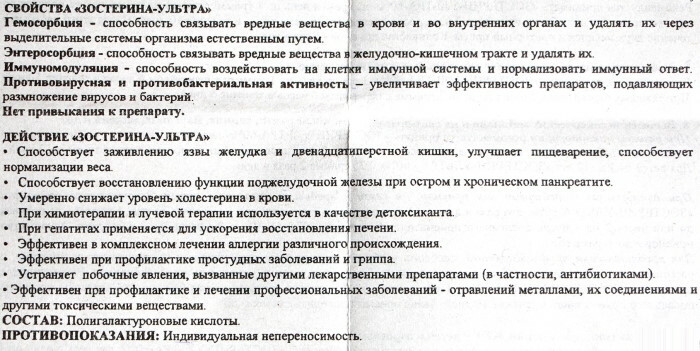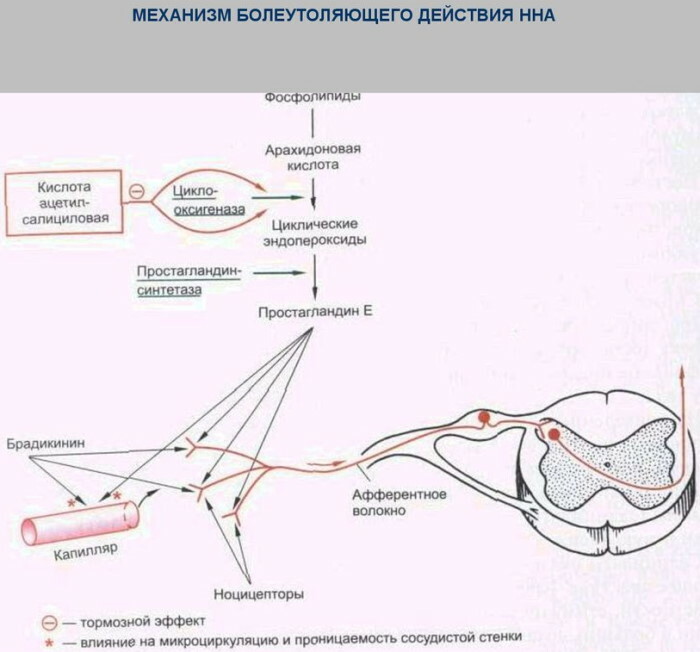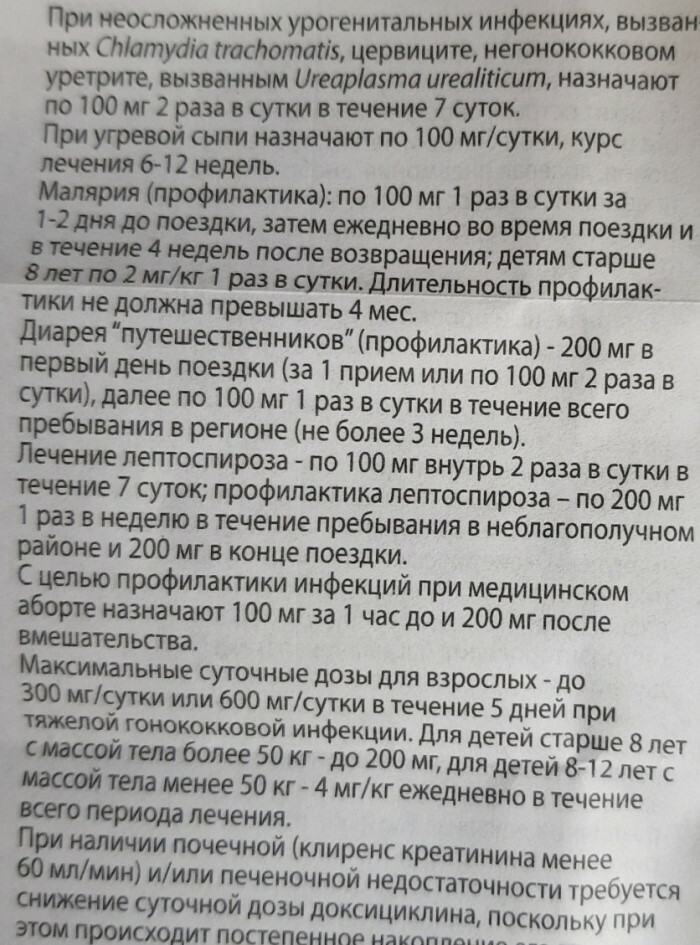When you start swelling of the mucous membranes, the auditory tube is tapered and may even be completely overlapped that gives rise to a negative pressure, because of which the eardrum retracts. As a result, in the ear appears and a brief congestion, reduced hearing level, though there are brief but painful noise. In very young children can develop bilateral evstahiit.

What it is?
Eustace - a widespread disease of the ear. It arises as a result of inflammation of the Eustachian passage - of the middle ear. It is necessary for a person to be a good pick up sounds. Its size is only 2 mm, because any inflammation provokes him overlap and hearing problems.
Thus, with prolonged inflammatory process develops otitis. It can appear at any age. As a rule, it is suffering the effects of the infectious nature of the disease.
Overview
Eustachian tube is a channel whose diameter does not exceed 2 mm. The channel connects the tympanic cavity and nasopharynx, serves to equalize the atmospheric pressure and the pressure inside the ear. This ensures normal operation of conductive apparatus.
Since the dimensions of the auditory tube is very small, to a violation of the channel cross evstahiita development and leads to even a slight swelling of the mucous lining the Eustachian tube. Termination of air from the pharynx to the middle ear cavity promotes inflammation, striking the auditory tube and the middle ear.
By the nature of the inflammation can be acute or chronic inflammation is isolated to localize sided and double-sided evstahiit.
Causes of
The subject disease can occur for a variety of reasons, but most doctors diagnose evstahiit as a complication of certain pathologies:
- neoplasms nasopharyngeal cavity;
- nasal turbinate hypertrophy;
- curvature of the nasal septum.
- fungal infection - cause evstahiita can be hit on the mucosa of the eustachian tube tuberculosis pathogens, chlamydia, syphilis and other nonspecific microflora;
- acute respiratory viral infection - pathogenic viruses and bacteria from the nasopharynx to penetrate into the auditory tube and further;
- allergic reactions - often seen on the background of allergic rhinitis (runny nose) and polyposis;
- nasopharyngeal pathologies occurring in the chronic form - e.g., tonsillitis, pharyngitis, adenoids, sinusitis;
In addition to well-defined causes of tubootitis doctors isolated and several predisposing factors:
- improper cleansing of the nasal cavities of mucus in lingering colds, when a person begins vysmarkivatsya simultaneously by two nasal passages;
- long current coughing and sneezing - sharply increases when these operations the pressure in the tympanic cavity, auditory tube deteriorates ventilation;
- Low level of immunity in chronic diseases - such as diabetes or vitamin deficiency usual.
In medical practice, cases are diagnosed evstahiit, the cause of which were sharp differences atmospheric pressure - the entrance to the auditory tube is squeezed, resulting in damage to structures secondary ear.
development mechanism
Full or partial violation of patency of the auditory tube at eustachian leads to a reduced flow of air into the tympanic cavity, or to a complete cessation of its ventilation. The air remaining in the tympanic cavity, gradually absorbed, the pressure therein is lowered, which is manifested by drawing of the eardrum.
Reduced pressure results in exudation into the tympanic cavity transudate containing protein and fibrin, and in the later stages of lymphocytes and neutrophils - cells involved in inflammatory reactions. Develops catarrhal form of otitis media.
Evstahiitom caused by long-term violation of the existing ventilation of the tympanic cavity, especially in persons with weakened immune systems, can cause a shift in the catarrhal purulent, and the development of adhesions with the emergence of the adhesive medium otitis.

symptoms evstahiita
In general, the patient may complain of:
- a feeling of fullness and noise (crack) in the ear;
- hearing impairment;
- syringmus (increased perception of own voice);
- feeling transfusion fluid in the ear;
- frequent acute suppurative otitis media.
Observed retraction of the tympanic membrane, shortening or complete disappearance of light reflex, outward protrusion of the short process of the malleus. The mobility of the tympanic membrane is limited. With the restoration of the function of the auditory tube acute tubootitis phenomena gradually disappear.
The acute form
The acute form of the disease is able to pass on their own without treatment, but it does not mean that we should give it up and wait until evstahiit held himself. Symptomatology of the disease may take place by conventional vasoconstrictive drops or disappear during chewing or swallowing.
Without treatment, the disease may lead to serious complications or becomes chronic. Any inflammation in the surrounding areas in the brain are highly undesirable.
The chronic form
Exacerbation of chronic evstahiita slightly different symptoms of the acute form of the disease, from the explicit only noticeable increasing loss of hearing.
In rare cases, it may appear headache and slight fever. Pain in the ear, dizziness and fever may occur in case of otitis media in the background evstahiita.
At the same time after the examination the doctor can know exactly what form of the disease - chronic evstahiit gives specific indications. These include the retraction of the tympanic membrane, the appearance of redness and narrowing of the lumen of the auditory tube.
Diagnostics
In the case history for tubootitis characterized by the presence of one or more of the following points (causes tubootitis):
- SARS, measles, scarlet fever, whooping cough, diphtheria;
- upper respiratory tract inflammation (rhinitis, rhinopharyngitis);
- otsmarkivanie wrong (once both halves of the nose);
- adenoids (in children);
- deviated septum;
- polyps.
Diagnosis is based on history, clinical presentation, results otoscopy, audiometry and data research function of the auditory tube. For this purpose create an increased air pressure in the pharyngeal opening of the auditory tube, and control its passage into the tympanic cavity. Pressure may increase the patient himself, making frequent swallowing movements or sharp exhalation through the nose when pressed against the wings of the nose to the nasal septum (Valsalva experience).
Perhaps the artificial increase of pressure in the balloon blowing ear Politzer. Also, physicians should identify the type of the tubo-otitis, infection or allergens. For this purpose take swabs from the nose, and two weeks later the doctor identifies the cause of the disease. It is worth noting that the allergenic tubo-otitis cured longer than infection

evstahiita treatment
Most people who are faced with this disease, they do not know how to treat evstahiit at home. Therapeutic measures at Eustace focused on the removal of edema, nasal sanitation, relief of allergic reaction or inflammation. When eustachian for reducing swelling of the auditory tube appointed antihistamines oral (Suprastinum, Claritin, desloratadine) and vasoconstrictive nose drops (nazol, nazivin, tizin, vibrotsil, Sanorin).
- To improve the patency of the auditory tube must carry its catheterization followed by administration of epinephrine solution or hydrocortisone. When Eustace good effect pneumomassage eardrum. In the case of formation of the tympanic cavity transudate is applied administering proteolytic enzymes for its liquefaction. Keying itself is carried out through the Eustachian tube by catheterization.
- In the acute phase evstahiita not recommended for flushing Politzer. The fact is that from the throat via the Eustachian tube to the middle ear cavity may get infected mucus. Comprehensive treatment evstahiita includes various physical therapy techniques - microwave therapy, UHF, laser therapy, electrical muscle stimulation, ultraviolet irradiation.
During treatment evstahiita necessarily need to eliminate its causes. If necessary the adenoidectomy, systemic antibiotic therapy, removing benign tumors throat and nose and so on.
prevention
Evstahiit develops against the background of low immunity, chronic respiratory infections of the oral cavity. The patient must be careful not to make any sudden exhalation through the nose or sneeze with effort.
Untreated caries, chronic diseases of the pharynx and the oral cavity are capable of provoking factors become auditory tube inflammation. Regular examination by a dentist, dental caries treatment reduces the risk of infection. The patient should refrain from air travel and deep sea diving.

Forecast
Evstahiit amenable to medical treatment. Timely treatment to the ENT doctor is hearing improved warranty. The transition into the chronic phase of creating a permanent source of infection that threatens the health of the middle ear.
Untreated evstahiit leads to deafness.



